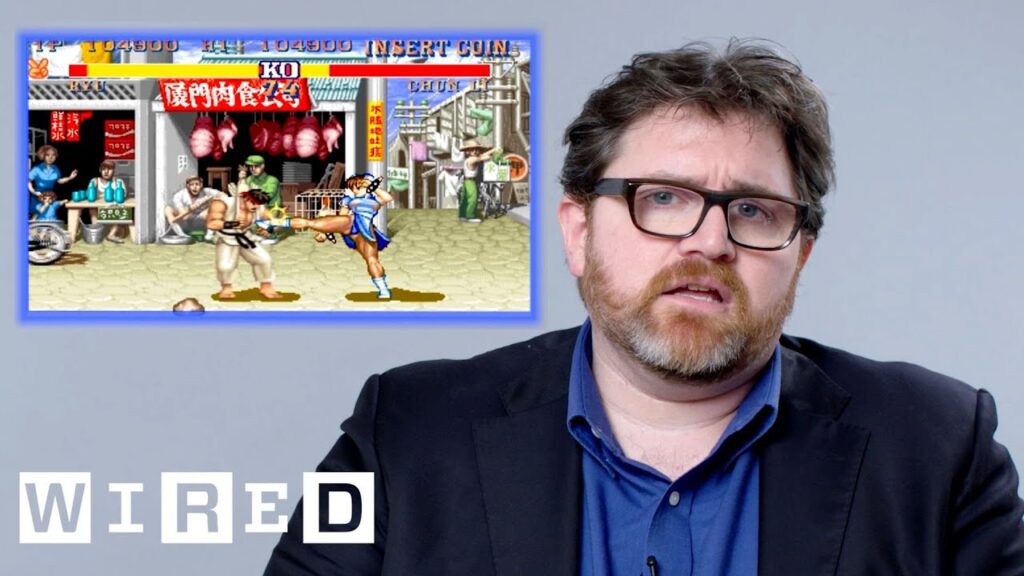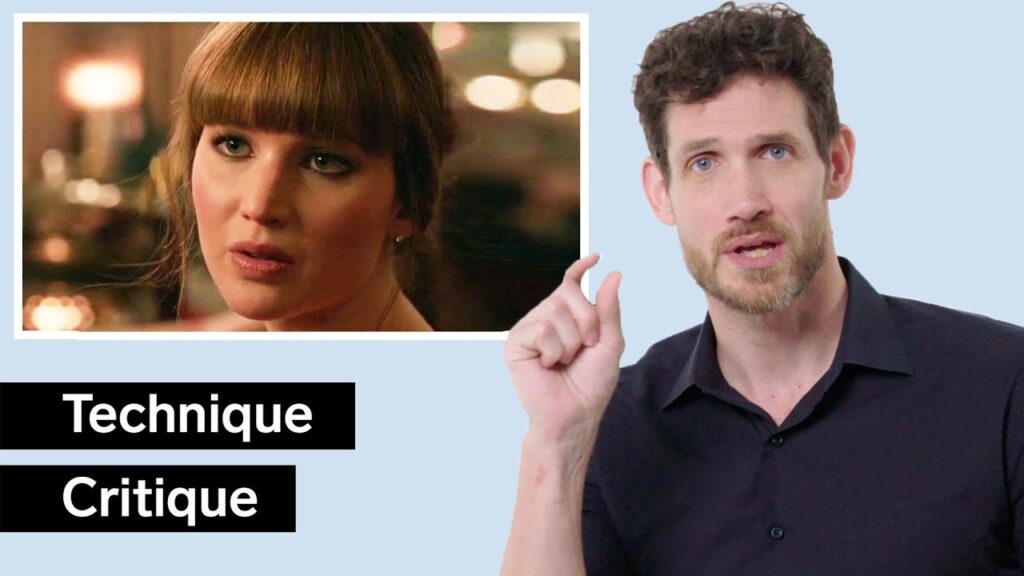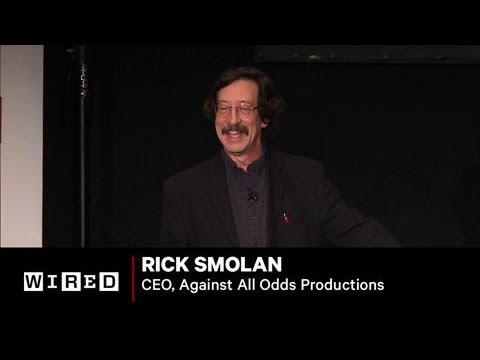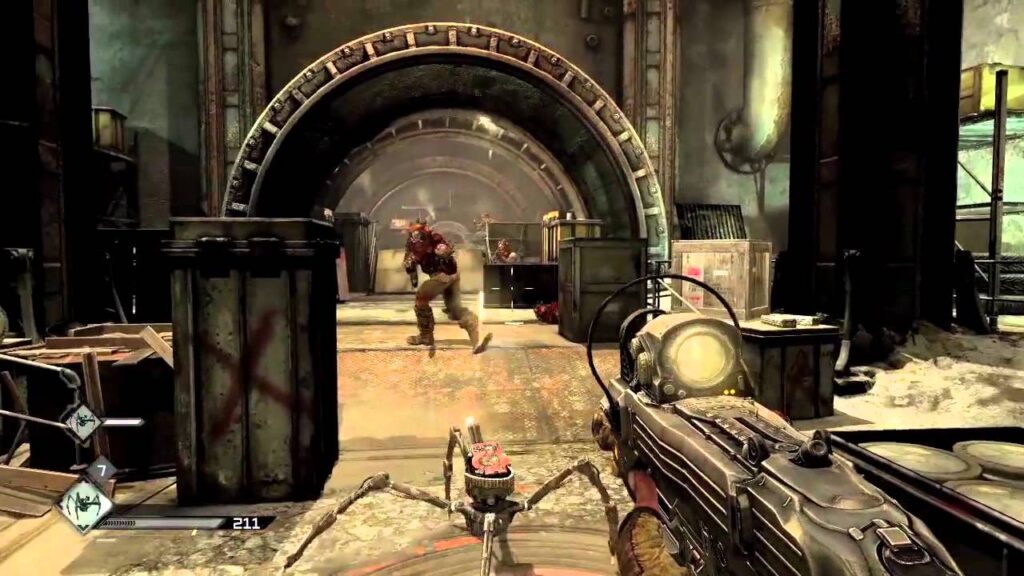Visual Effects in “The Man in the High Castle”: Challenges and Solutions
Summary
In this article, we will discuss the challenges faced by Zoic Studios in providing visual effects for Amazon Studios’ “The Man in the High Castle.” The show’s alternate universe, set in 1960s America under the rule of Germany and Japan, required extensive set extensions and environment work. Additionally, the show’s unique setting and story presented several challenges, including finding period cars and dealing with resistance from some locations to display Nazi and imperial Japanese symbols.
Table of Contents
- Unusual Challenges Faced by Zoic Studios
- Set Extensions and Environment Work
- Dealing with Resistance from Locations
- Finding Period Cars and Other Logistics
- The Role of Visual Effects in Episodic Television
- Conclusion
Unusual Challenges Faced by Zoic Studios
Zoic Studios faced several unusual challenges in providing visual effects for “The Man in the High Castle.” Firstly, the show was set in America but shot in Canada, with the story taking place in New York, San Francisco, and the mountainous Cannon City. Secondly, the show was set in 1960, which meant that modern-day elements had to be removed. However, this was not a straightforward task, as the show’s universe was one where America had lost World War II and was divided between Germany and Japan. Therefore, the show’s visual effects team had to create a world that reflected this alternate history.
Set Extensions and Environment Work
The show’s period setting required extensive set extensions and environment work. Zoic Studios had to create a world that reflected the 1960s while also showing the impact of the war and occupation. This included removing modern elements from the sets and adding period details. Additionally, the show’s story required the creation of several new locations, including a Nazi-occupied Times Square and a Japanese-occupied San Francisco.
Dealing with Resistance from Locations
One of the challenges faced by the production was finding locations that were willing to display Nazi and imperial Japanese symbols. Some locations that were scouted for the show did not want to have their offices or buildings covered in swastikas or imperial Japanese flags. Similarly, some of the Canadian-Chinese communities did not want to embrace the imperial Japanese look from the production’s art department. This resistance meant that the visual effects team had to work harder to create a convincing alternate universe.
Finding Period Cars and Other Logistics
Another challenge faced by the production was finding period cars, planes, and trains. As the show’s universe was one where America had lost the war and never had a post-war boom, the visual effects team had to rethink how these vehicles would look. Additionally, the show’s unique setting meant that the team had to create new logos and branding for companies that existed in the show’s universe.
The Role of Visual Effects in Episodic Television
“The Man in the High Castle” is an example of how visual effects are becoming increasingly important in episodic television. Shows like this allow for complex stories to be told on a budget, and visual effects are essential in creating a convincing world. Zoic Studios’ work on the show has allowed us to see the world of author Philip K. Dick from the perspective of executive producer Ridley Scott.
Conclusion
In conclusion, “The Man in the High Castle” presented several unique challenges for Zoic Studios. The show’s alternate universe, set in 1960s America under the rule of Germany and Japan, required extensive set extensions and environment work. Additionally, the show’s unique setting and story presented challenges in finding period cars and dealing with resistance from some locations. Despite these challenges, the show has been a hit for Amazon, who have already commissioned a second series for 2016.







